Archives
- 2025-11
- 2025-10
- 2025-09
- 2025-04
- 2025-03
- 2025-02
- 2025-01
- 2024-12
- 2024-11
- 2024-10
- 2024-09
- 2024-08
- 2024-07
- 2024-06
- 2024-05
- 2024-04
- 2024-03
- 2024-02
- 2024-01
- 2023-12
- 2023-11
- 2023-10
- 2023-09
- 2023-08
- 2023-07
- 2023-06
- 2023-05
- 2023-04
- 2023-03
- 2023-02
- 2023-01
- 2022-12
- 2022-11
- 2022-10
- 2022-09
- 2022-08
- 2022-07
- 2022-06
- 2022-05
- 2022-04
- 2022-03
- 2022-02
- 2022-01
- 2021-12
- 2021-11
- 2021-10
- 2021-09
- 2021-08
- 2021-07
- 2021-06
- 2021-05
- 2021-04
- 2021-03
- 2021-02
- 2021-01
- 2020-12
- 2020-11
- 2020-10
- 2020-09
- 2020-08
- 2020-07
- 2020-06
- 2020-05
- 2020-04
- 2020-03
- 2020-02
- 2020-01
- 2019-12
- 2019-11
- 2019-10
- 2019-09
- 2019-08
- 2019-07
- 2019-06
- 2019-05
- 2019-04
- 2018-11
- 2018-10
- 2018-07
-
Histamine functions as a key neurotransmitter in multiple ci
2022-06-14

Histamine functions as a key neurotransmitter in multiple circuits to control various behaviors. In Drosophila photoreceptor, Paxilline is produced de novo by histidine decarboxylase (Burg et al., 1993); meanwhile, maintaining normal histamine content also depends on the histamine recycling pathway
-
Growth hormone secretagogue receptor GHSR
2022-06-14

Growth hormone secretagogue receptor (GHSR) is a member of G-protein-coupled receptor family [3]. GHSR is predominantly expressed in human pituitary, rhypothalamus and hippocampus [4]. GHSR is also expressed in peripheral tissues including lungs, liver, kidney, and adrenal gland. In cardiovascular s
-
Newt GHS R a proteins expressed in
2022-06-14
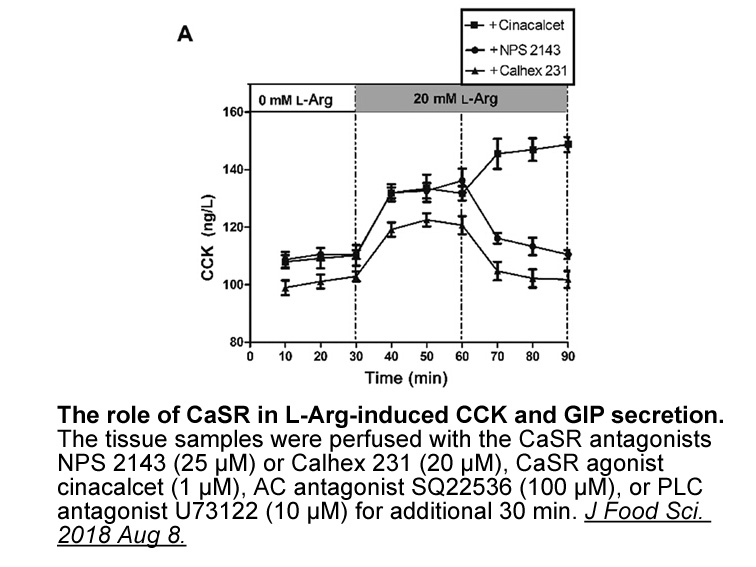
Newt GHS-R1a proteins expressed in a mammalian cell were able to bind homologous newt ghrelin, heterologous rat and bullfrog ghrelin, and a peptidyl GHS-R1a agonist, GHSRP-6, with inducing intracellular Ca signaling. This indicates that the identified cDNA encodes the ghrelin receptor from a view of
-
It has also been demonstrated that PS is ubiquitinated
2022-06-14
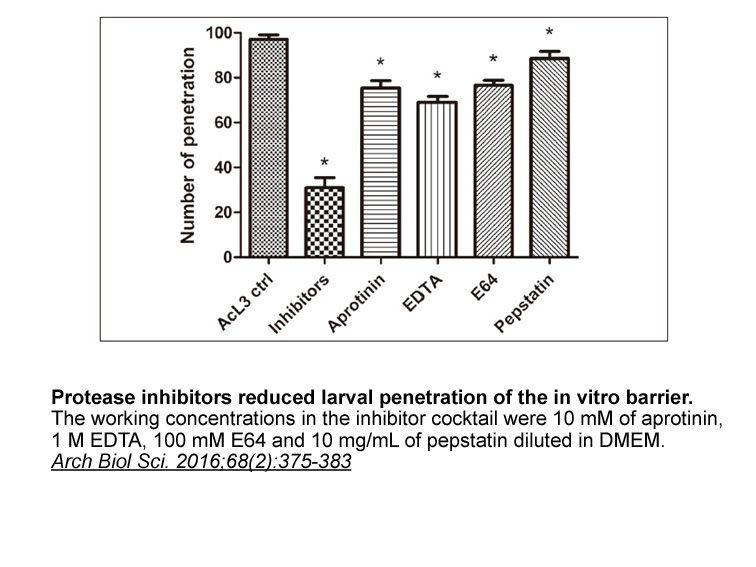
It has also been demonstrated that PS1 is ubiquitinated by Caenorhabditis elegans SEL-10 [52], Fbw7 the mammalian homologue of SEL-10 [38], and more recently by tumour necrosis factor GSK 5959 associated factor 6 (TRAF6), which facilitates Lysine-63 (K63)-linked polyubiquitination of PS1 [50], [51]
-
Primarily because secretase was a therapeutic target in AD a
2022-06-14

Primarily because γ-secretase was a therapeutic target in AD, a plethora of γ-secretase inhibitors (GSIs) have been developed that effectively inhibit γ-secretase cleavage in humans [16]. Indeed, “druggability” of γ-secretase has not been an issue even when the identity of the target was unknown in
-
GLP is released in response to ingestion of nutrients
2022-06-14

GLP-1 is released in response to ingestion of nutrients including carbohydrates, protein, and fat. Recent studies aimed at identifying the receptors involved in nutrient stimulated GLP-1 secretion have identified free fatty bcl-2 inhibitor receptor 4 (FFA4/GPR120) as a potential 7TM receptor involv
-
Overall we partially confirmed our predictions and when comp
2022-06-14
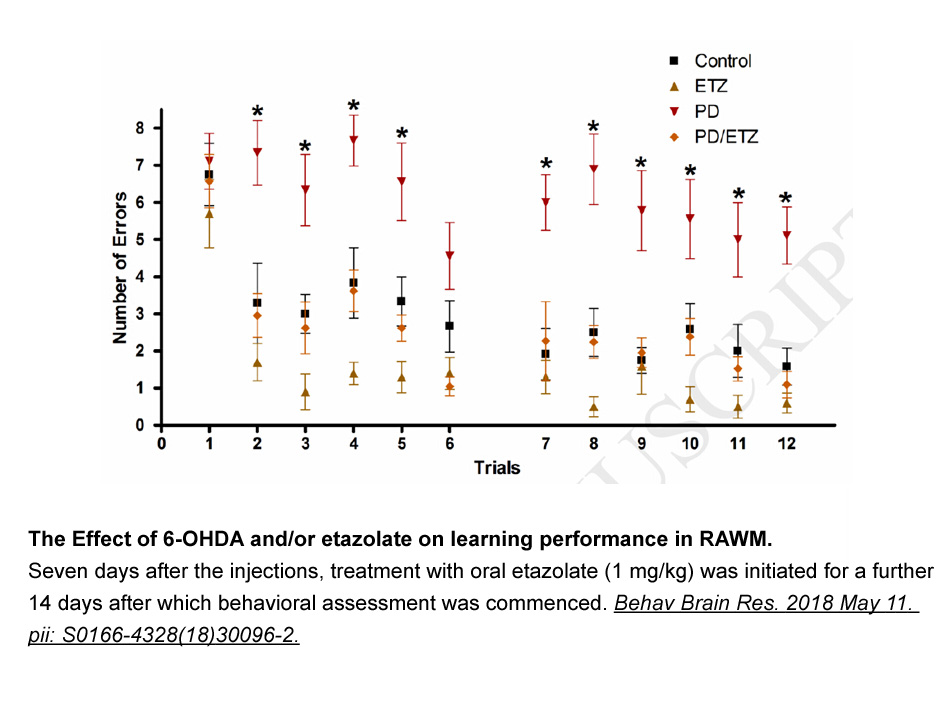
Overall, we partially confirmed our predictions, and, when compared to the other existing dataset exploring the interaction among CRFR1, FAAH, and anxiety, our data are somewhat confirmatory. Demers and colleagues (Demers et al., 2016) found one (protective) CRFR1 minor allele (rs110402) and the (le
-
At the molecular level AZ scaffold
2022-06-14
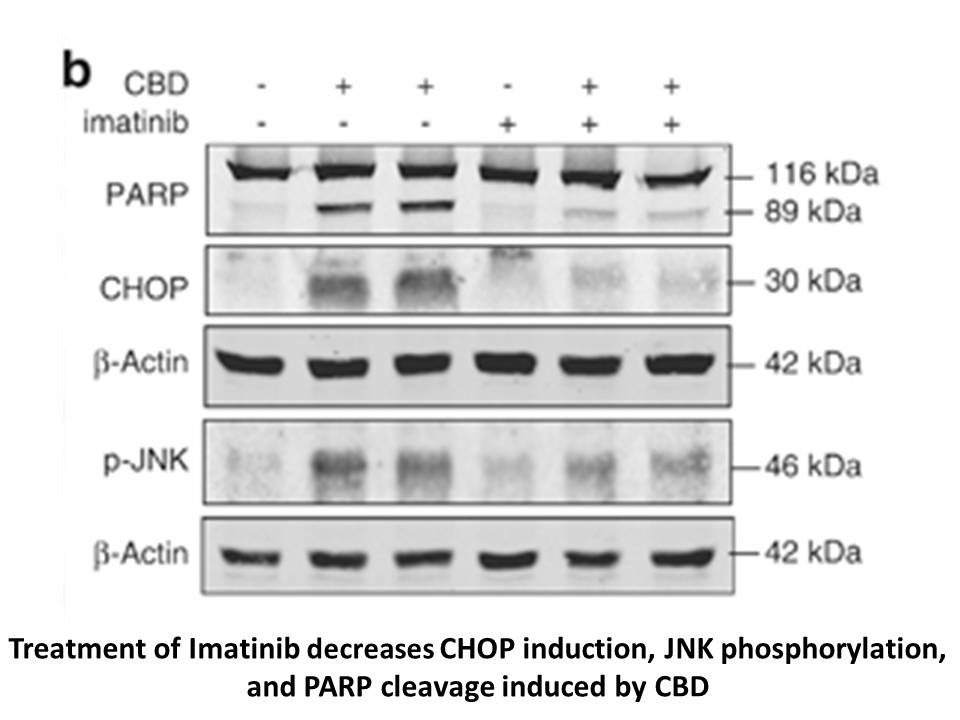
At the molecular level AZ scaffold proteins including piccolo and bassoon have been shown to directly or indirectly associate with endocytic and actin-binding proteins such as ABP1 (Fenster et al., 2003), profilin, and GIT (Podufall et al., 2014) (Fig. 2B). ABP1 and profilin, via regulating F-actin,
-
br Drugs approved or in development
2022-06-14
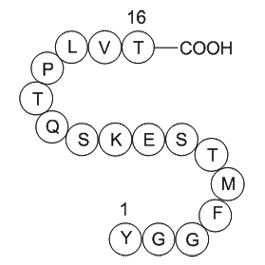
Drugs approved or in development To date, three drugs: RAL (MK-0518), EVG (GS-9137) and DTG (GSK1349572) [104], have been approved by the FDA. Their structures are shown in Fig. 5. DTG is under development by GlaxoSmithKline (GSK), and studies have shown DTG to be effective in patients with resis
-
Signaling pathways such as BMP FGF and WNT are
2022-06-13

Signaling pathways such as BMP, FGF, and WNT are strongly involved in the process of endochondral ossification and Meckel's cartilage development [20]. Interestingly, absence of BMP antagonist, Noggin, in Meckel's cartilage, resulted in a phenotype, very similar to that of Setdb1 CKO [16]. To examin
-
Recent studies in our laboratory demonstrated that several h
2022-06-13
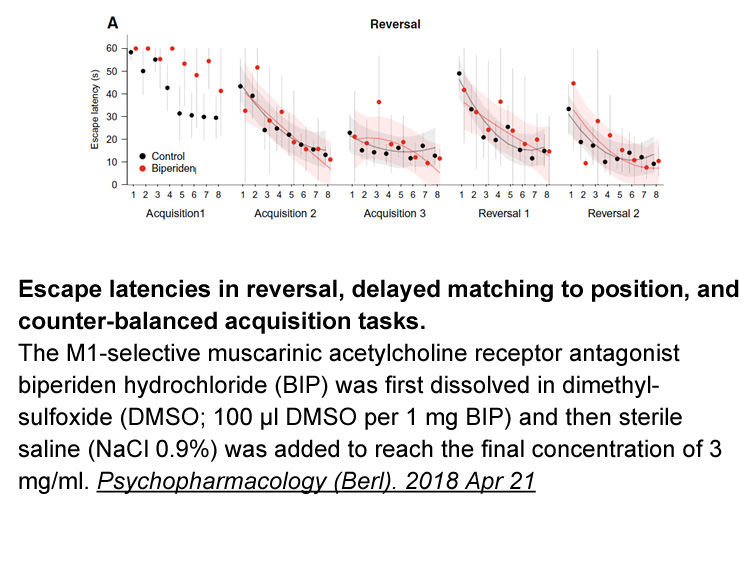
Recent studies in our laboratory demonstrated that several histamine H1 receptor antagonists induce apo A-I gene expression while histamine itself represses it [20]. In humans, there are three histamine receptor genes (H1, H2, and H3) that code for G-protein-coupled receptors (GPCR's) which bind his
-
br STAR Methods br Acknowledgments We
2022-06-13
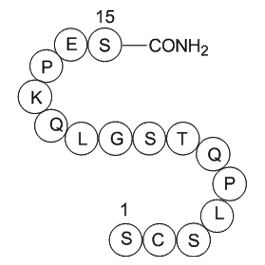
STAR★Methods Acknowledgments We thank P. Adler, V. Riechmann, N. Tapon, E. Knust, the Vienna Drosophila RNAi Center, the Australian Drosophila Research Support Facility (www.ozdros.com), the Bloomington Drosophila Stock Center, and the Developmental Studies Hybridoma Bank for D. melanogaster s
-
Hypoxia inducible factors HIFs including HIF HIF HIF and HIF
2022-06-13

Hypoxia-inducible factors (HIFs), including HIF-1α, HIF-1β, HIF-2α and HIF-3α, are important endogenous signaling proteins that contribute to the cellular response to hypoxia. Among these proteins, HIF-1α is involved in many pathophysiological processes, including inflammation, tumor growth and meta
-
br Disp Cleavage and Membrane Trafficking
2022-06-13
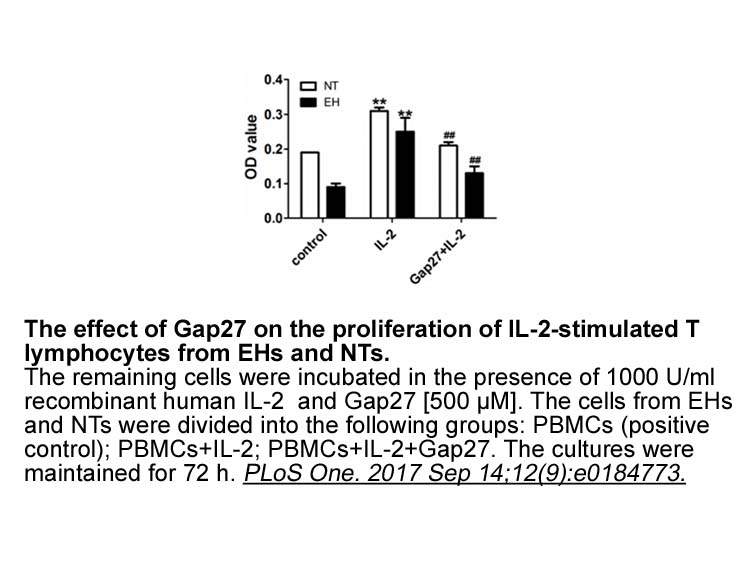
Disp Cleavage and Membrane Trafficking Knowledge of how Disp is regulated in Shh-producing Triflusal to control ligand deployment has, until recently, remained limited. Early studies examining Disp function in Madin–Darby Canine Kidney (MDCK) cells and Drosophila tissue suggested that it is like
-
Following our initial observation of
2022-06-13

Following our initial observation of an unexpected increase in the maximal rates of cGMP formation by NO-stimulated sGC in the presence of cytosolic PCA preparations [15], we attempted to purify, identify and characterize the responsible protein(s). The purification protocol described in the present
15361 records 416/1025 page Previous Next First page 上5页 416417418419420 下5页 Last page